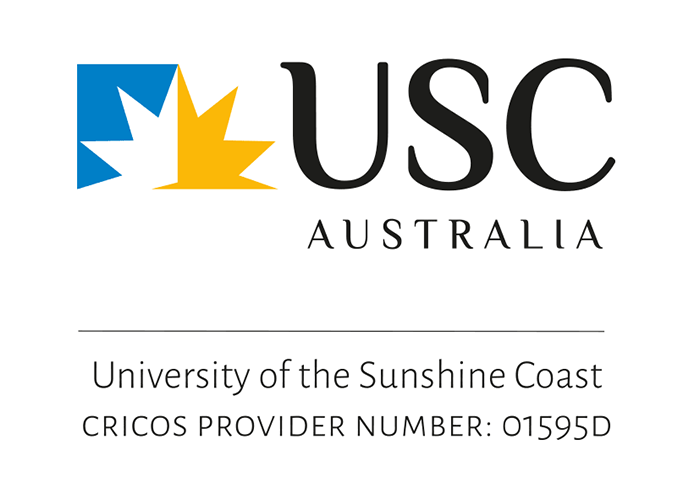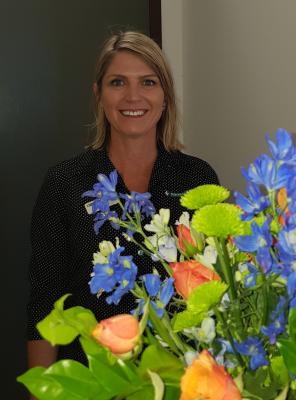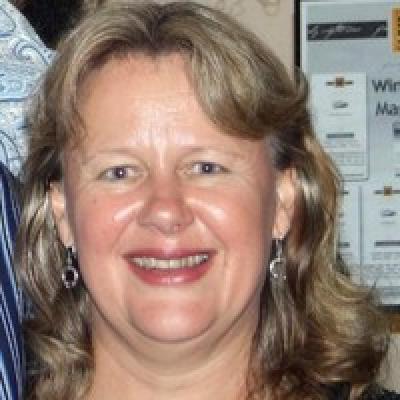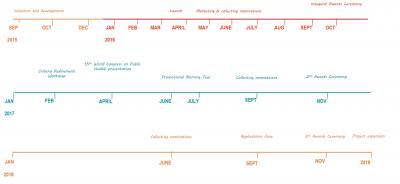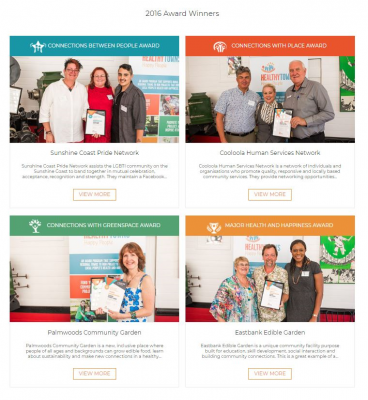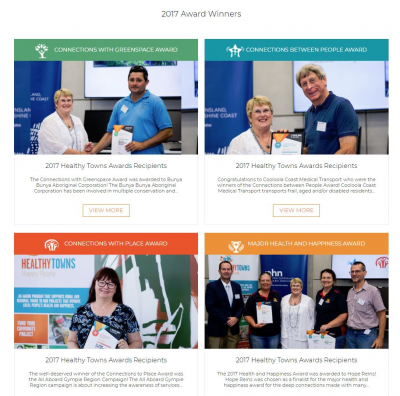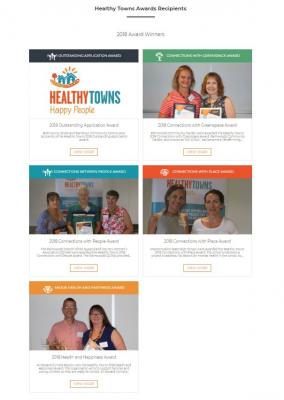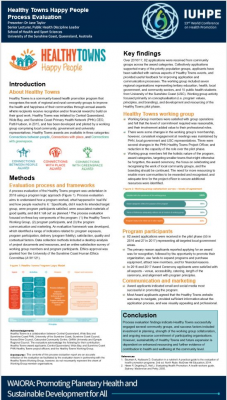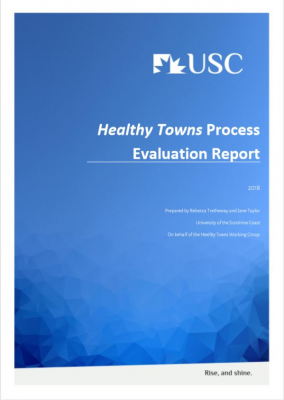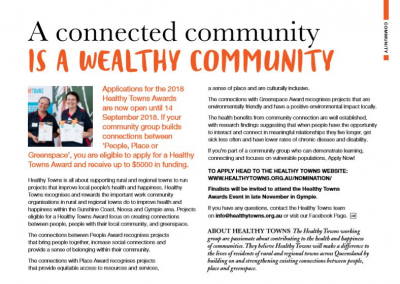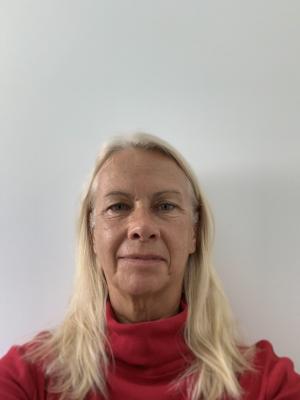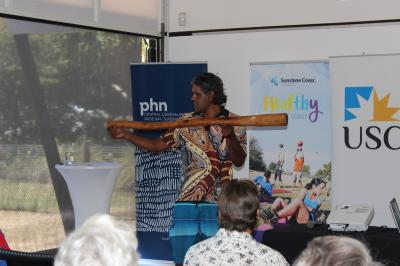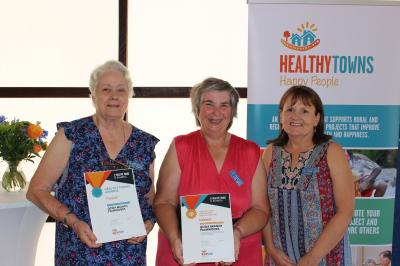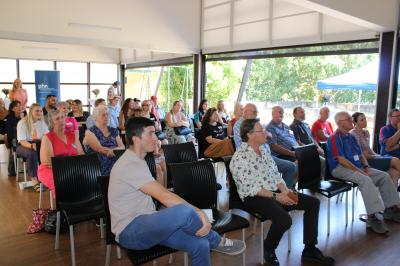Anchor institutions such as universities, community and government organisations maintain significant infrastructure and represent major employers and economic assets (Ehlenz 2018), and as such play an important role in facilitating decision-making that includes community aspirations and dialogue into policy-making processes. In this regard, it will be increasingly important for communities, governments and businesses to work together to encourage inclusive, socially cohesive and resilient communities to provide equitable access to basic services and social and economic opportunities (Taylor, Walton et al. 2017) in their shared community of place. In increasingly resource-limited institutions, strategic partnerships and collaborative approaches are a key element of strategy and governance at a range of scales. Healthy Towns is a Sunshine Coast born engagement project that showcases how the University of the Sunshine Coast (USC) health promotion academics and students collaborate with regional stakeholders to support local community projects that positively impact the health and wellbeing of their communities and beyond. Healthy Towns recognises and awards work regional and rural community groups do to improve the health and happiness of their communities through the creation of connections. Eligible projects focus on inequity populations and build on the strengths and resources of participating towns. Annual awards are available in three categories: 1) Connections between People, Connections with Place, and; 3) Connections with Greenspace. There is also an Overall Health and Happiness Award which recognises projects that create connections across all three connections categories. The number of awards and recognition funds has increased annually as Healthy Towns has grown.


